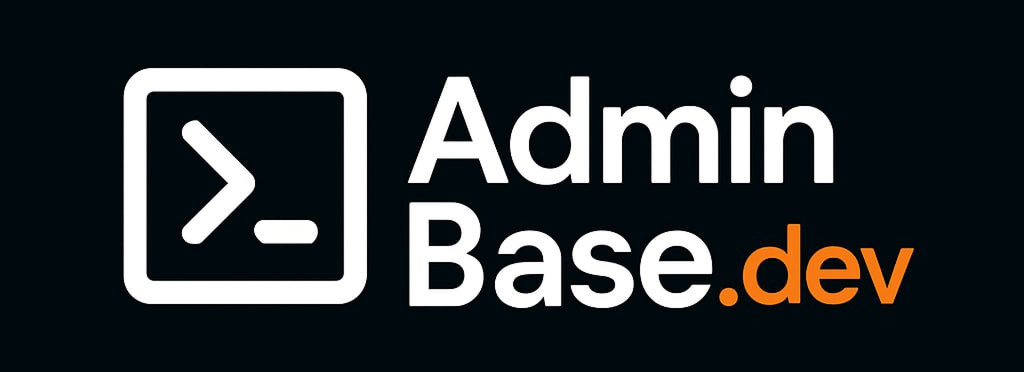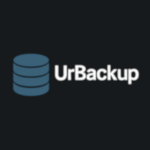Portainer CE: When Containers Multiply and CLI Stops Scaling
In many teams, container infrastructure starts with a single host and a handful of services. That works — for a while. But as projects grow, people come and go, and the number of nodes increases, managing everything through the command line becomes unreliable. Especially when not everyone knows what they’re doing — or worse, when only one person does.
Portainer CE was built for this kind of situation. It doesn’t replace Docker or Kubernetes. It just gives a way to see what’s running, what’s failing, and what got left behind last week. No magic — just a UI that makes containers slightly less invisible.
What It Actually Does
| Feature | Why It Matters |
| Docker and K8s support | Handles both single-node Docker and full Kubernetes clusters |
| Web interface | Brings visibility without forcing CLI access |
| Stack deployment | Reuse Compose files or YAML manifests across environments |
| Agent-based access | Connects to remote nodes — useful for edge or isolated setups |
| Logs, stats, consoles | Container output and metrics without SSH hopping |
| Volumes and networks | Basic storage and network management through the browser |
| Simple RBAC (in CE) | Gives partial access to non-admin users, with some limitations |
| Local-first install | Runs on bare Docker — no external DB, no external cloud |
Where It Fits
Portainer makes the most sense in places where there’s too much infrastructure for one person to babysit — but not enough to justify something heavy like Rancher or OpenShift. It works well for:
– Teams where ops needs to hand off daily tasks without full access
– Small Kubernetes clusters that still need a UI
– Edge deployments or remote hosts with minimal resources
– Environments with frequent container churn, where visual tracking helps
It’s not great for large clusters with lots of CRDs or tight GitOps pipelines — it’s not trying to be.
Setup (Docker Example)
Quick and dirty installation on a Docker host:
“`
docker volume create portainer_data
docker run -d \
-p 9443:9443 \
-p 8000:8000 \
–name portainer \
–restart=always \
-v /var/run/docker.sock:/var/run/docker.sock \
-v portainer_data:/data \
portainer/portainer-ce
“`
After that, hit `https://<host>:9443`, make an admin account, and point it to a Docker engine or Kubernetes API. That’s it.
Pros, and What Gets in the Way
Things it gets right:
– Runs almost anywhere — even old VMs
– Makes it easier to let junior staff touch containers safely
– Logs and live stats in the browser — useful for on-call debugging
– Doesn’t fight the stack — works with what’s already running
Pain points:
– Access control is limited in CE — no LDAP, no fine-grained roles
– Kubernetes support is basic — enough for pods and deployments, not much more
– Some features are behind a paywall (e.g., audit logs, external registries)
– UI can slow down with lots of objects or poorly performing nodes
In Practice
Portainer CE isn’t flashy. It’s not trying to be. What it does is fill a real gap — making container workloads manageable for the people who actually have to keep them running. When there’s not enough time to explain where the logs are, or how to restart that one container — Portainer helps.
No telemetry. No cloud tie-ins. Just enough UI to stay out of trouble.






